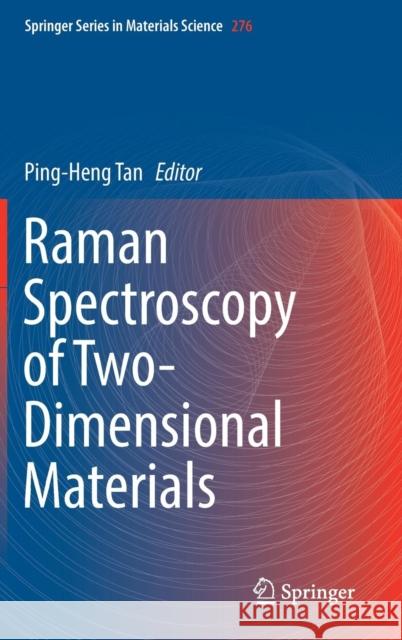Raman Spectroscopy of Two-Dimensional Materials » książka
topmenu
Raman Spectroscopy of Two-Dimensional Materials
ISBN-13: 9789811318276 / Angielski / Twarda / 2019 / 261 str.
Kategorie:
Kategorie BISAC:
Wydawca:
Springer
Seria wydawnicza:
Język:
Angielski
ISBN-13:
9789811318276
Rok wydania:
2019
Wydanie:
2019
Ilość stron:
261
Waga:
0.56 kg
Wymiary:
23.39 x 15.6 x 1.75
Oprawa:
Twarda
Wolumenów:
01
Dodatkowe informacje:
Wydanie ilustrowane











